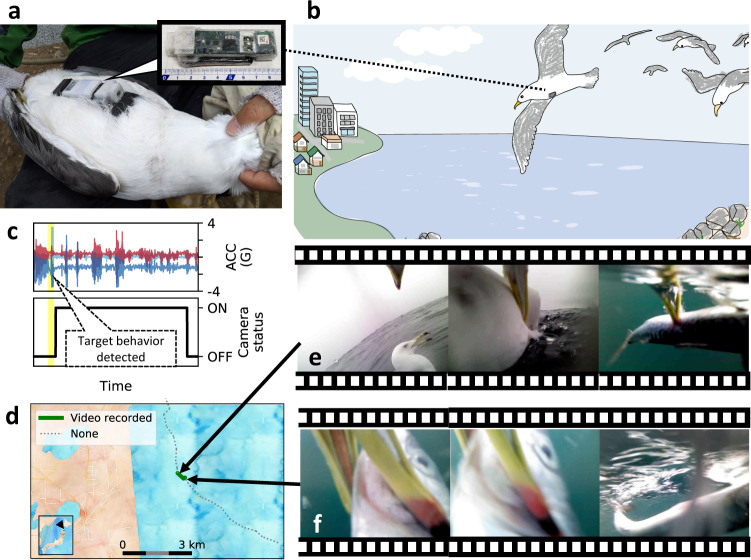Fig. 1. Example use of our AI-assisted bio-logger in the field.
a A bio-logger attached to the abdomen of a black-tailed gull. The bird is shown with its abdomen facing upward, with the bio-logger’s camera lens facing towards the bird’s head. b After attaching the bio-logger, the bird is then released to roam freely in its natural environment. c An accelerometer (low-cost sensor) can be used to control the bio-logger’s video camera (high-cost sensor) by detecting body movements that are characteristic of the target behaviour (e.g., diving), activating the camera upon detection. d A GPS track captured by the bio-logger as the bird was flying off the coast of Aomori Prefecture, Japan. The portion of the track highlighted in green shows where videos (e) and (f) were captured, i.e., predicted target behaviour. (Map tiles by Stamen Design, under CC BY 3.0. Data by OpenStreetMap, under CC BY SA.) e Frames taken from a video captured using AI on Animals (AIoA) that show intraspecific kleptoparasitism by a black-tailed gull. f Frames taken from a video captured using AIoA that show a black-tailed gull catching a fish. Supplementary Data 1 provides source data of this figure.

